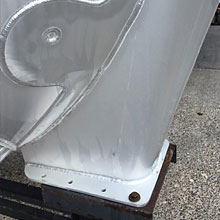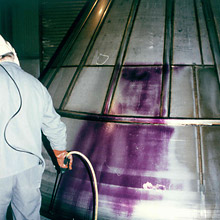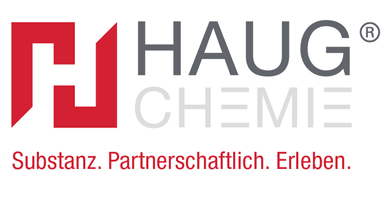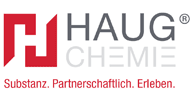Pickling of aluminum and stainless steel
 Pickling of aluminum
Pickling of aluminum
Aluminum is a less noble metal compared to iron. Bare aluminum surfaces are rapidly covered by a very thin oxide layer, which protects the aluminum effectively against further oxidation. This makes aluminum appear more noble than it really is. However, this natural protective layer causes coatings such as wet or powder lacquer to adhere poorly to the natural barrier layer.
To remove this interfering oxide layer, the aluminum surfaces are, for example, stained by strong acids prior to coating. Here, aluminum ions are dissolved. In the pickling process, the aluminum surface is roughened microscopically small, which additionally increases the paint adhesion. The pickling rate should be at least > 1 g / m² surface.
Caution is advised when staining aluminum and galvanized surfaces in the same bath. Zinc ions dissolved in the pickling bath can promote filiform corrosion in higher concentrations.
 stainless steel is pickled to remove impurities, e.g. Welding scales, oxide layers, priming paints, extraneous rust, and metallic constituents and organic contaminants which are pressed in by mechanical processing. The passive layer, which protects stainless steel from corrosion, can only be formed with a clean, metallic clean surface. In our program we have dipping, spraying and pickling pastes.
stainless steel is pickled to remove impurities, e.g. Welding scales, oxide layers, priming paints, extraneous rust, and metallic constituents and organic contaminants which are pressed in by mechanical processing. The passive layer, which protects stainless steel from corrosion, can only be formed with a clean, metallic clean surface. In our program we have dipping, spraying and pickling pastes.
PRODUCT OVERVIEW Pickling aluminum and stainless steel (PDF)



